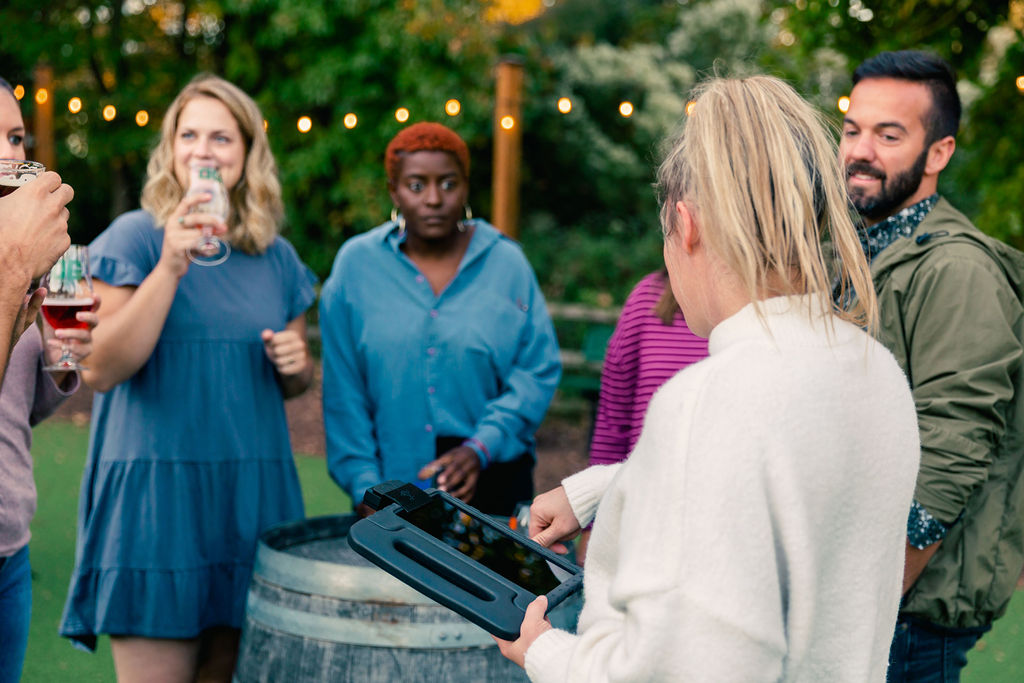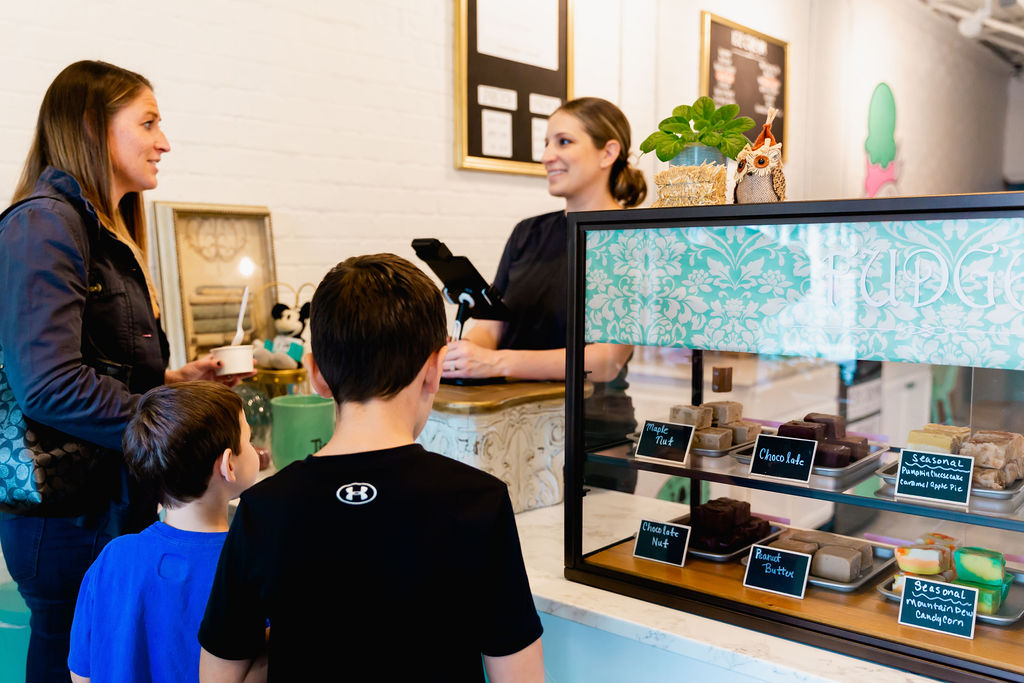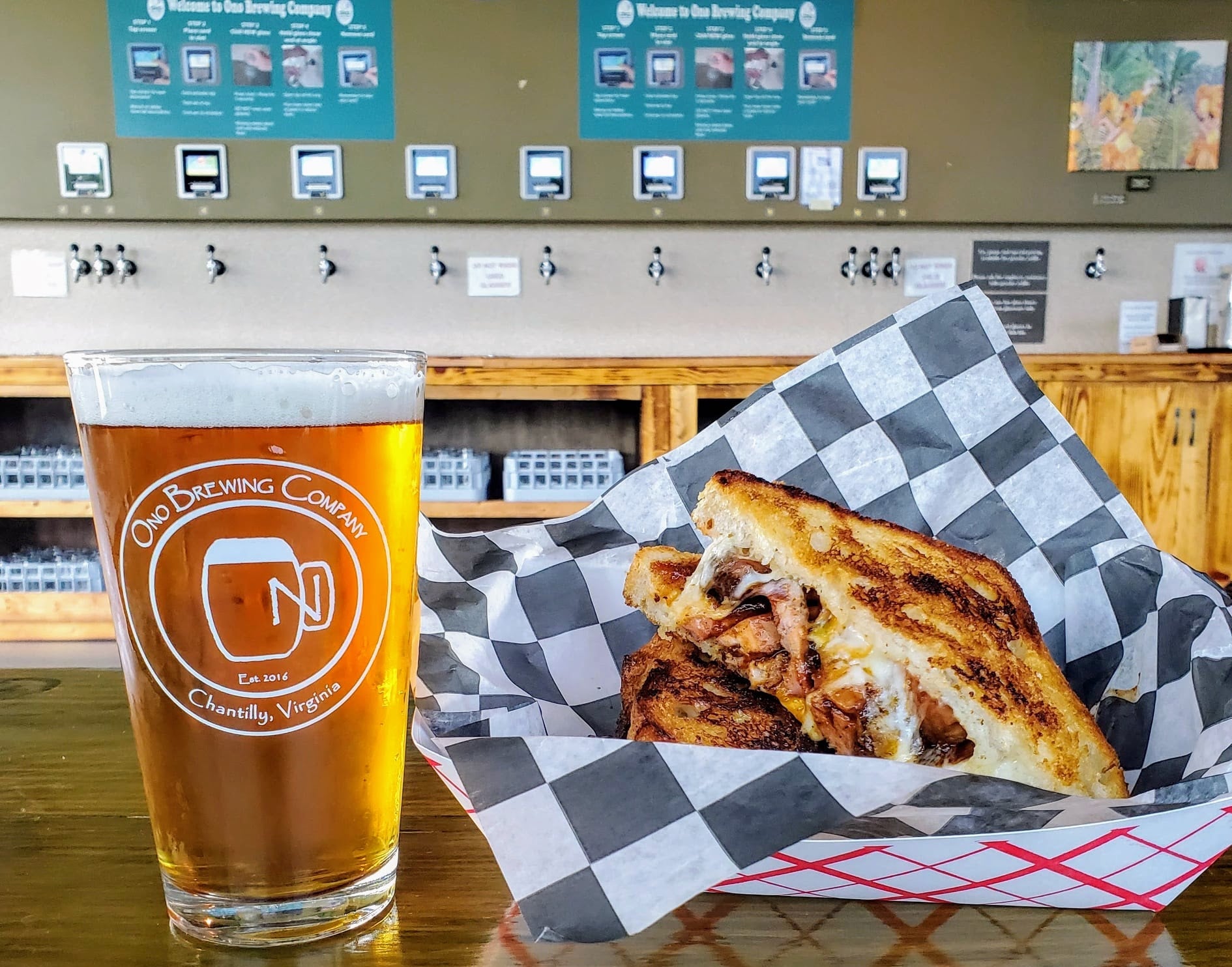Service Models and POS Systems: How to Pair Them
POS systems are helpful tools that support your day-to-day business operations, regardless of what kind of service model you work with. A service model is a certain way of preparing, presenting, and distributing menu items to your guests. Your chosen service model dictates the atmosphere of your business, how efficient your staff members are, and …

POS systems are helpful tools that support your day-to-day business operations, regardless of what kind of service model you work with. A service model is a certain way of preparing, presenting, and distributing menu items to your guests. Your chosen service model dictates the atmosphere of your business, how efficient your staff members are, and the type of experience your guests have.
Below we break down 6 service model types, which businesses can utilize which type, and what kinds of POS systems pair with each.
Table Service
This is the most well-known service model, and also the most traditional and formal of all models. Its distinguishing attribute is that every aspect of the ordering process depends on face-to-face interactions between staff and guests.
Guests must order drinks and food directly through the assigned server. They also request the check and complete the payment process with the help of a server, who is either equipped with a mobile POS in-hand, or via a stationary POS terminal located somewhere else in the restaurant.
This inherently requires the most intensive labor since staff members are running tables every step of the way, and it also means guests do a lot of waiting. They wait for their drinks and food, for the check, and then for the receipt.
Because of this, of the available POS systems, a mobile POS is your best bet for table service. It allows servers to take orders tableside on digital devices and send them to the kitchen and bar in real-time, without having to run back there with paper tickets. This increases efficiency and ensures utmost accuracy, as digital orders are easier to decipher than scribbled paper tickets.
Pairing:
- POS Systems Pair: Mobile POS
- Venue Pair: Full-Service Restaurants

Counter Service
Counter service is the most multifunctional service model because it can be utilized in almost any venue. It’s much less formal than table service, and requires less service labor, too.
Customers typically line up at a bar or counter and wait their turn. They place their order and pay at a tabletop POS terminal, and get assigned a number or given their name for the order. (POS systems don’t necessarily have to be fully stationary to be tabletop.)
Once guests’ orders are ready, staff either call a number or name, and guests retrieve their items. They can then grab a seat in the establishment or take their food to-go. Alternatively, staff can run orders out to guests themselves.
The counter service model once was exclusively used by fast-food restaurants, but now it’s being used in all types of establishments to minimize labor costs, which is especially helpful in today’s labor shortage. Employees typically are trained to work in both the front and back of house, and menus are often smaller with less choices.
As a business owner, you should beware that the counter service model sees less tips than other service models because of the lack of personal interactions between staff and customers. It also means tab sizes tend to be smaller, because getting another drink or deciding on dessert requires guests to stand up and get back in line.
Pairing:
- POS Systems Pair: Stationary, Tabletop, or Mobile POS
- Venue Pair: Fast Casual Restaurants, Bars & Taprooms, Craft Beverage Producers, Music Venues, & Food Trucks
Buffet Service
A buffet style service requires lots of food ready at once and almost no roaming servers. This is typically seen in venues like hotel restaurants, where people can come, eat, and go as they please with food at the ready.
When entering a venue with buffet service, guests typically approach a stationary POS system terminal and pay per body or per plate. If the establishment offers specialty drinks as well, a roaming server may collect those on a mobile POS system device.
Speaking of drinks, there are an emerging number of craft beverage taprooms that are working with a buffet-esque service model. Places like Ono Brewing Company have a self-serve beer wall where guests can pour their own pints—or just a few ounces to try a brew out! Think froyo bar, but with a variety of hops instead and no cheesecake bite toppings. Guests simply purchase an RFID card that’s linked to their credit card at a stationary POS, and scan the card before every pour.
One thing to keep in mind for buffet service is the immense amount of inventory tracking and forecasting required. You need to make sure you have the perfect amount of inventory available, because you don’t want to run out or make way too much. While there is flexibility in the POS system you choose, you should definitely keep an eye out for POS systems with robust reporting capabilities and inventory management tools.
Pairing:
- POS Systems Pair: Stationary, Tabletop, or Mobile POS
- Venue Pair: Hotel Restaurants, Craft Beverage Taprooms
Ono Brewing Company offers beer through a self pour system, seen in background of photo. Image courtesy of Ono Brewing Company.
Fixed-Price Service
From the guest’s perspective, fixed-priced service is most similar to traditional table service, because of how often they interact with their servers. Guests are still seated at a table, and await staff members’ every move prior to enjoying anything.
However, fixed-price is much more labor intensive from the front of house staff’s perspective. This service model typically offers a bunch of small plates, predetermined by the chef for that night. That means guests are only putting in drink orders via their assigned servers, and not choosing their individual meals. But it also means servers are doing a lot of running, delivering each small plate of every course.
Since the kitchen staff are only offering a handful of select dishes, this service model streamlines inventory counts and food preparation, but it’s still quite labor intensive to make several little plates for every guest.
As far as POS systems, venues that utilize a fixed-price service model typically use a myriad of POS: Stationary, tabletop, or mobile would all suffice! It largely depends on how formal of a dining experience is being offered, and whether or not staff prefer to collect drink orders on paper tickets or mobile POS devices.
Pairing:
- POS Systems Pair: Stationary, Tabletop, or Mobile POS
- Venue Pair: Full-Service Restaurants
Floating Service
Haven’t heard of this service model before? It’s probably because us crazy kids at Arryved made it up.
Table and counter service are the most popular service models out there. But as we’ve discussed, table service is costly for staffing, and counter service has low guest engagement. That’s where floating service comes in—it’s the happy medium between the two!
By combining the best parts of each service model, this hybrid model maximizes staff efficiency, which reduces wait time for guests and provides an overall better experience for them. But how? With some trusty technology that hospitality businesses everywhere have come to really depend on these past couple of years: the QR code.
Supported by the best POS systems out there, QR code menus, ordering, and payments have totally changed the ordering process. Once seated, guests simply scan a QR code to view the menu, order, and can even check out right from their own device. Their open tabs are synced to all staff devices and sync in real-time, enabling a roaming server to input their next round of drinks and strike up a conversation about the pretzels they’re enjoying.
Not only does floating service make it really easy for guests to place order after order, it keeps labor costs down too, because a server isn’t required to input the order. Instead of guests ever feeling like they’re waiting around for a staff member to assist them, they’re empowered by the options available to them and delighted at how seamless the dining experience becomes.
And it gets better—this QR code technology supported by POS systems reap a lot of business rewards, too:
- 24% higher tabs when guests open tabs and order on their own devices versus using staff
- 24% higher tips when guests open tabs and order on their own devices
- Save 30-50% on labor costs with less employees required to service more people
If you’re interested in learning more about QR codes, best practices for implementation, and POS systems that support them, check out The Ultimate Guide to QR Codes for free!
Pairing:
- POS Systems Pair: Mobile POS
- Venue Pair: Restaurants, Bars & Taprooms, Craft Beverage Producers, Music Venues, & Food Trucks
When you’re choosing a service model and sifting through POS systems to use, keep in mind your staffs’ needs, guest satisfaction, and how you can optimize that bottom line. Perhaps a hybrid model like floating service can satisfy all 3!
POS systems that help you run your business better regardless of what service model you use are the cream of the POS crop. Arryved offers a cloud-based, mobile POS system that flexes between service models so you can best serve the room of guests you have on any given day. Get a free, personalized demo today!

